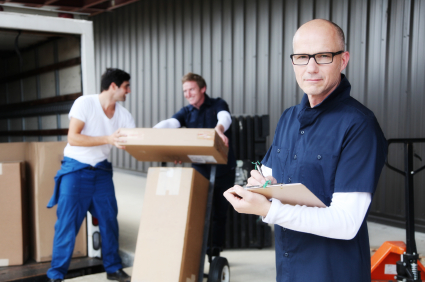If you’re someone who sells Funko pops, you might wonder about how to ship them. You’re not alone.
There are a few ways to ship them so that they stay protected and offer a better unboxing result for the customer at hand.
One at A Time
This is one that’s a good one if the item is fragile, and it’s one that’s worth a lot. You need to look at the space. It’s ideal to ensure that you’ve got enough padding for this, such as bubble wrap, and if you’re going to put anything else in there, you want to; make sure it fits.
However, you don't want it to be so big that the item bounces around and gets marred. A box is the best way to add a Funko pop, and you can even get them with locking tabs, to create the unboxing experience that you want to create.
You can wrap the pop in a bubble wrap, secure this with some tape, and then, you can add some tissue outside of this to add further protection. Some people might even use tissue paper that's a costume to make this memorable.
From there, you just put them in the box, and add anything else that you need. You can stand this in an upright fashion, or on its back, whatever you want.
Obviously, you can then add the other personalised items, and the buyer will remember that the moment they open it.
For Two Pops
If you’re shipping out two Funko pops, then you can get a slightly bigger box to make this work.
The correct box for shipping is one that fits all of these. Stock boxes that are made from corrugated fiber, or even mailer boxes are good for this.
The ideal way to do this, is to wrap this so it’s like they’re being shipped one at a time. Put them in the box, and then add the customised paper to this, then add the Funko pops in there, wrapping this material around each of them. Finish this off with the thank-you card, and then some packing tape to help with sealing this one.
Three at Once
Okay, so you’re going to have some people who buy these Funko pops as package deals. In that instance, you’ll need to find a box that fits all three of these. A corrugated box, or a mailer that’s made with corrugated fibers are good. They accommodate all of that, without giving too little, or too much space within that box.
You should wrap the Funko pops the way that you’ve done before, and then, separate each of these with more bubble wrap. That way they’re not bouncing into each other.
Once they’re secured, you’ll want to seal this, either with packaging tape or customized tape. Water-activated tape is good for this because it provides some extra security, and it’s good too if you want to offer a more branded experience for your customers too.
And there you have it. If you end up selling a lot of these, just increase the box size so that you put enough in there, and then, once you put all of that together, you can then ship it out.
Collectibles are still super popular, and a lot of people do collect Funko pops. In that case, you want to make sure that they’re shipped out in a way that fits the needs of the company. Go custom and create a means for you to really improve on this, so that it’s even better than you’ve had before.






